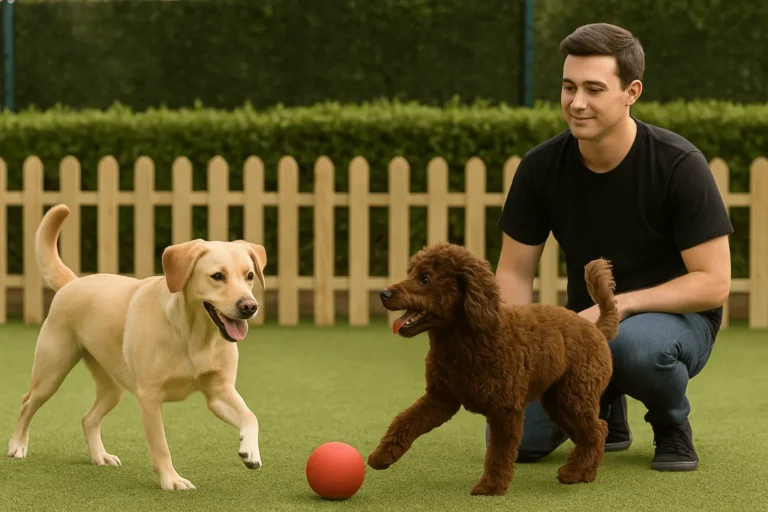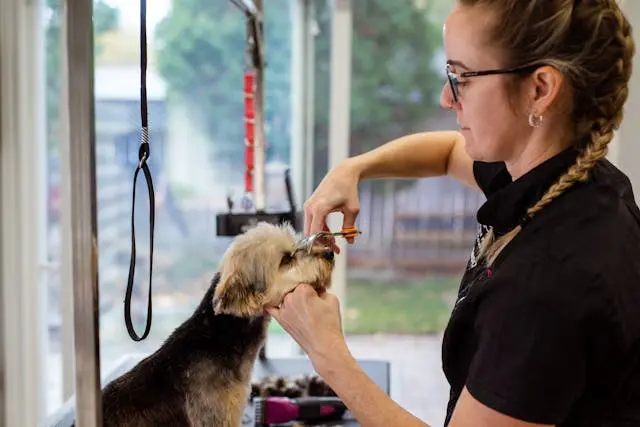
Relocating with your dear pet may turn out to be an overwhelming experience. Whether you are moving across town or to another country, you would not want anything other than the safety and comfort of your dear furry friend during the journey. This guide discusses how to choose the best transportation method for your pet by offering some tips that may ease the relocation process.
Why Pet Relocation Needs Special Consideration?
Pets are not just animals; they are family members. While humans have the ability to verbalize feelings of discomfort, anxiety, or pain, pets do not. Therefore, this makes it all the more critical to consider their needs when relocating them. Their temperament, health condition, and distance of travel determine the best mode of transportation.
Key Factors to Consider Before Choosing a Transportation Method
Before considering transportation methods, take into account these key factors:
Your Pet’s Size and Breed: Pets like large dogs, small cats, exotic birds, and reptiles have specific needs. The mode of transport should suit the size and breed of your pet.
Health Conditions: Consult a veterinary doctor for an assessment to address your pet’s specific needs.
Distance and Destination of Travel: A short drive may only require a car, while international relocation requires detailed planning and documentation.
Budget: Transport costs vary greatly. Choose a method that suits your budget without compromising your pet’s comfort.
Legal Requirements: Understand the import/export regulations, quarantine rules, and vaccinations needed for your destination.
Pet Moving Transport Methods
When moving your pet, consider these transport methods:
1. By Car
Driving is often the least stressful way to travel for pets, especially for shorter distances.
Pros:
Pets feel secure being with you, which minimizes anxiety.
You can take regular breaks for restrooms and feeding.
Tips for Success:
Secure a carrier or harness to prevent distractions while driving.
Gather all essentials, including food, water, toys, and a first-aid kit.
Acclimate your pet to car rides with practice trips before the journey.
2. By Air
Flying is a practical option for long-distance or international relocation. Most airlines have specific pet policies, so research is crucial.
Pros:
Quick and effective for long-distance moves.
Considerations:
Small pets may fly in the cabin, while larger ones typically travel as cargo.
Cargo travel can be stressful for pets unaccustomed to confined spaces or loud noise.
Tips for Success:
Book with pet-friendly airlines with a good reputation.
Opt for direct flights to avoid layovers.
Ensure the crate meets airline standards.
3. By Train
Some train services allow pets, offering a spacious and comfortable travel option.
Advantages:
More space than planes, allowing pets to move around.
Less stressful than air travel due to reduced noise and pressure changes.
Tips for Success:
Check the train service’s pet policies in advance.
Use a comfortable and secure carrier.
4. Professional Pet Relocation Services
Hiring a pet relocation company can make the process stress-free. These professionals handle logistics, paperwork, and transportation arrangements.
Advantages:
Experts ensure compliance with regulations.
Reduces your workload, particularly for international moves.
Tips for Success:
Choose a reputable service with positive reviews.
Communicate your pet’s needs clearly to the company.
5. By Ship
Though less common, shipping is an option for certain overseas destinations.
Pros:
Suitable for large animals or multiple pets.
Cons:
Longer travel time may be stressful for pets.
Not as widely available as other options.
Tips for Success:
Ensure the shipping company has experience handling pets.
Prepare your pet for extended periods in a crate.
Preparing Your Pet for Travel
Regardless of the transportation method, preparation is key to ensuring your pet’s well-being. Here’s a checklist:
Vet Check-Up: Schedule a visit to ensure your pet is healthy and up-to-date on vaccinations.
Proper Identification: Use collars with ID tags and consider microchipping.
Comfortable Crate: Invest in a sturdy, well-ventilated crate that allows your pet to stand, turn, and lie down.
Acclimation: Get your pet used to the crate or carrier weeks in advance.
Packing Essentials: Bring food, water, medications, and comfort items like blankets or toys.
Travel Documents: Keep health certificates, vaccination records, and permits on hand.
Managing Stress During Travel
Travel can be stressful for pets, but you can minimize anxiety with these strategies:
Use Calming Products: Try pheromone sprays, calming collars, or vet-approved sedatives.
Stick to Routine: Maintain your pet’s usual feeding and walking schedule.
Positive Reinforcement: Reward your pet with treats and praise to make the experience positive.
Conclusion
Choosing the best transportation method for your pet requires careful planning and consideration of their specific needs. Whether you opt for a car, plane, train, or professional pet relocation service, prioritizing your pet’s safety and comfort will make the move easier for both of you. With proper preparation, you can ensure your furry companion arrives happy and healthy in their new home.
By keeping these tips in mind, you’ll be well-equipped to tackle pet relocation with confidence. Safe travels to you and your beloved pet!





